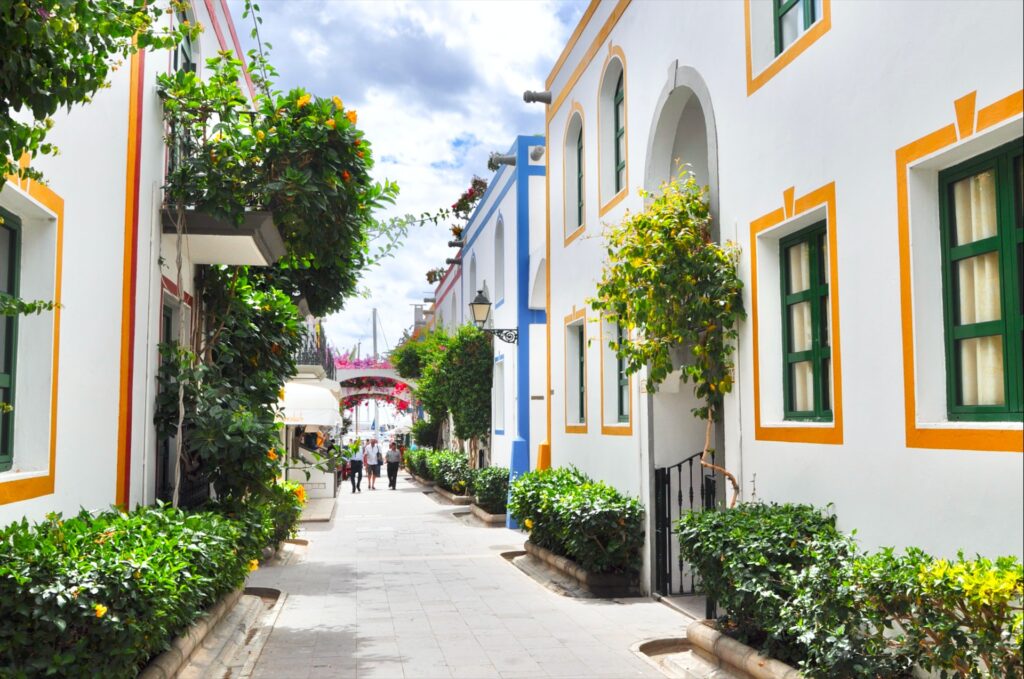Marbella is certainly one of the most famous resorts in Andalusia and one of the most prestigious seaside resorts of the Costa del Sol. Located between Malaga and Gibraltar, the city began to become a famous tourist destination in the 1960s: today they show their villa for the holidays along the Milla de Oro, or as the English say, the Golden Mile of Marbella, the coastal road of about 5 kilometers that leads from the city center to Puerto Banús, the port of Marbella. One of the places to visit is Puert Banus which offers Playas del Duque apartments that will be able to satisfy the requests of anyone given their location and the design of the various apartments.
Casco Antiguo and Plaza de los Naranjos
The historic center of Marbella should only be explored on foot. Surrounded by the remains of ancient Arab walls, it is only a kilometer from the beaches and a walk not to be missed. Alleys, white houses, small shops and restaurants characterize Casco Antiguo, the name by which the historic center is known.
The heart of the city center is certainly the Plaza de los Naranjos. Built in the Renaissance from 1485 onwards, this square is home to historic buildings from the 16th and 17th centuries in Spain, such as the Ayuntamiento and the House of the Mayor. Ayuntamiento, or Comune, was originally the Palace of the Catholic Monarchs. In the center, fragrant oranges that give the square its name.
Plaza de la Iglesia
In the nearby Plaza de la Iglesia is the most important church in Marbella: Iglesia de Nuestra Señora de la Encarnación. Although not large, its interior will delight you with statues, chapels and a majestic wooden retabule. In various Baroque-style chapels there are statues of saints and crucifixes in a confusion of gold, white and gaudy colors. But what really leaves you speechless is undoubtedly the great Altar of the Mayor, recently restored and even more impressive in size and splendor.
In addition to the church, in this square there are the remains of a medieval fortress built by the Arabs during their domination. Unfortunately today only one tower is still visible, but it still deserves to be stopped and seen knowing that it dates back to the 9th century.
Capilla San Juan de Díos
The chapel is located in the historic center, in Calle Misericordia 2, surrounded by white buildings and characterized by a solid wooden door, is small and simple. It dates back to the 16th century and combines the Renaissance style with Gothic and Mudejar elements. Popularly, the church is known as El Hospitalillo, because the building is the former Hospital Real de la Misericordia.

